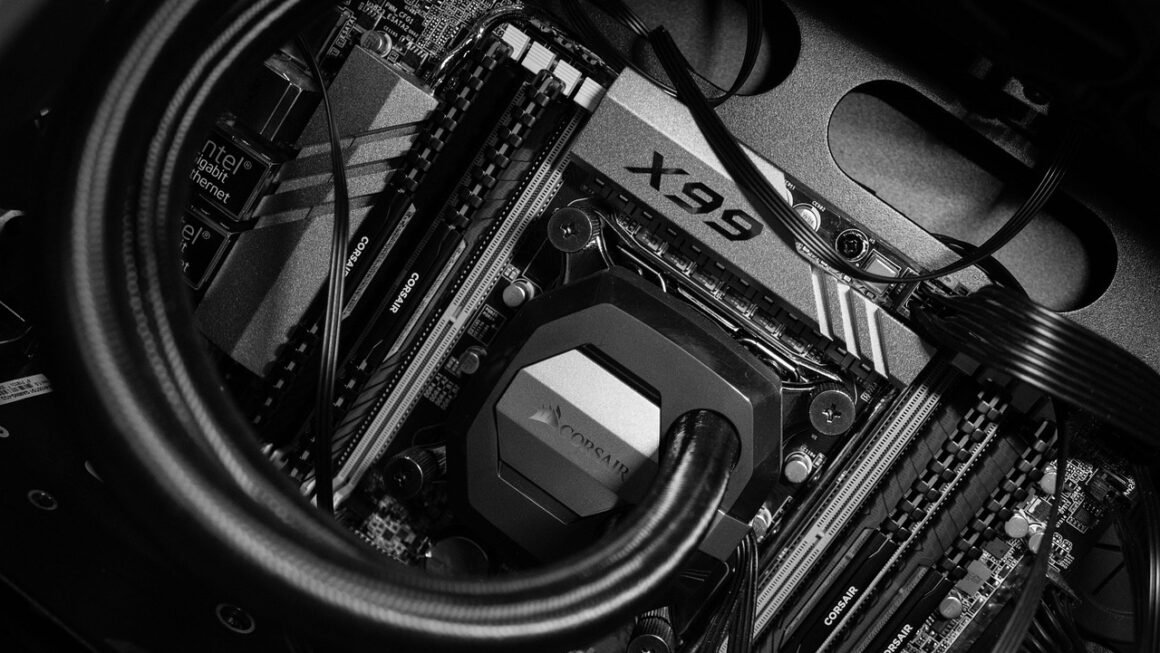Firewalls: Your Digital Fortress – Protecting Your Network
In today’s interconnected world, the internet has become an indispensable part of our lives. However, with increased connectivity comes increased vulnerability. Cyber threats are constantly evolving, posing significant risks to individuals, businesses, and organizations. A firewall serves as the first line of defense, acting as a gatekeeper that monitors and controls network traffic to protect your systems from unauthorized access and malicious attacks.
What is a Firewall?
Defining a Firewall
A firewall is a network security system that monitors and controls incoming and outgoing network traffic based on predetermined security rules. It acts as a barrier between a trusted internal network and an untrusted external network, such as the internet. Think of it as a security guard for your digital infrastructure.
How Firewalls Work
Firewalls operate by examining network traffic and comparing it against a set of rules. If the traffic matches a rule, the firewall takes the corresponding action, such as allowing or blocking the traffic. This process helps to prevent unauthorized access, malware infections, and other security threats from reaching your systems.
- Packet Filtering: Examines individual packets of data and allows or blocks them based on source and destination IP addresses, ports, and protocols.
Example: A packet filter could be configured to block all incoming traffic on port 25, which is commonly used for sending email, to prevent spam.
- Stateful Inspection: Tracks the state of network connections and allows traffic based on whether it’s part of an established, legitimate connection.
Example: A stateful inspection firewall remembers that you initiated a request to a website and only allows return traffic from that website.
- Proxy Firewall: Acts as an intermediary between your internal network and the external network. All traffic is routed through the proxy, which inspects it before forwarding it to the destination. This provides an extra layer of security and can hide the internal network from the outside world.
Example: A proxy firewall can filter web content, block access to malicious websites, and cache frequently accessed pages to improve performance.
Types of Firewalls
Hardware Firewalls
Hardware firewalls are physical devices that are installed between your network and the internet. They offer robust performance and security features, making them suitable for businesses and organizations with complex network infrastructures.
- Advantages:
Dedicated hardware provides better performance and security compared to software-based firewalls.
Can protect an entire network from a single point.
Often include advanced features such as intrusion detection and prevention systems (IDS/IPS).
- Disadvantages:
Can be more expensive than software firewalls.
Require specialized knowledge to configure and maintain.
Physical maintenance and upkeep is a factor.
Software Firewalls
Software firewalls are programs installed on individual computers or servers. They provide protection for the specific device on which they are installed.
- Advantages:
Relatively inexpensive and easy to install.
Can be customized to meet the specific needs of individual users.
Operating systems like Windows and macOS include built-in software firewalls.
- Disadvantages:
Only protect the device on which they are installed.
Can consume system resources, impacting performance.
Can be disabled or bypassed by malware or malicious users.
Cloud Firewalls (Firewall-as-a-Service)
Cloud firewalls are offered as a service by cloud providers. They provide network security in the cloud, protecting cloud-based applications and infrastructure.
- Advantages:
Scalable and flexible, easily adapting to changing network needs.
Managed by the cloud provider, reducing the burden on your IT staff.
Often include advanced features such as threat intelligence and web application firewall (WAF) capabilities.
- Disadvantages:
Reliance on the cloud provider for security.
Potential latency issues due to traffic being routed through the cloud.
* Cost can be higher depending on the amount of traffic and the features required.
Why Firewalls are Essential for Security
Protecting Against Cyber Threats
Firewalls are crucial for protecting your network and systems from various cyber threats, including:
- Malware: Prevents malware from entering your network and infecting your devices. This includes viruses, worms, trojans, and ransomware.
- Hacking: Blocks unauthorized access to your network and systems, preventing hackers from stealing data or disrupting operations.
- Denial-of-Service (DoS) Attacks: Filters out malicious traffic that can overwhelm your network and make it unavailable.
- Data Breaches: Prevents sensitive data from being stolen or leaked by unauthorized users.
Compliance and Regulatory Requirements
Many industries and regulations require organizations to implement firewalls to protect sensitive data. For example:
- PCI DSS: The Payment Card Industry Data Security Standard requires merchants that process credit card payments to implement firewalls to protect cardholder data.
- HIPAA: The Health Insurance Portability and Accountability Act requires healthcare organizations to implement firewalls to protect patient data.
- GDPR: The General Data Protection Regulation requires organizations that process personal data of EU citizens to implement appropriate security measures, including firewalls.
Examples of Firewall Use Cases
- Home Network: Protects your home network from unauthorized access and malware, preventing hackers from stealing your personal information or using your devices for malicious purposes.
- Small Business: Secures your business network and protects your sensitive data, such as customer information and financial records, from cyber threats.
- Large Enterprise: Provides comprehensive security for your entire network infrastructure, protecting against a wide range of cyber threats and ensuring compliance with industry regulations.
Best Practices for Firewall Management
Regular Updates and Patching
Keeping your firewall software up to date is essential for maintaining security. Updates often include patches for security vulnerabilities that can be exploited by attackers.
- Enable automatic updates whenever possible.
- Monitor security advisories and apply patches promptly.
- Regularly review and update your firewall rules to ensure they are effective.
Strong Firewall Rule Configuration
Configuring your firewall rules correctly is crucial for ensuring that your network is properly protected.
- Follow the principle of least privilege, allowing only the necessary traffic to pass through the firewall.
- Use specific rules whenever possible, rather than broad, general rules.
- Regularly review and update your firewall rules to ensure they are still relevant and effective.
- Document all rules for easy troubleshooting and auditing.
Monitoring and Logging
Monitoring your firewall logs can help you identify potential security threats and troubleshoot network issues.
- Enable logging on your firewall to capture information about network traffic.
- Regularly review your firewall logs for suspicious activity.
- Use a security information and event management (SIEM) system to automate the process of analyzing firewall logs.
- Alert on suspicious behavior such as unauthorized port scans or traffic from blocked IP addresses.
Network Segmentation
Dividing your network into smaller, isolated segments can help to limit the impact of a security breach.
- Place sensitive resources, such as databases and financial systems, on separate network segments.
- Use firewalls to control traffic between network segments.
- Implement access controls to restrict access to sensitive resources.
- If a breach occurs in one segment, it will have limited impact on other segments.
Conclusion
Firewalls are an indispensable component of any comprehensive security strategy. Whether it’s a hardware, software, or cloud-based solution, implementing and maintaining a firewall is essential for protecting your network, data, and reputation from the ever-evolving landscape of cyber threats. By understanding the different types of firewalls, adhering to best practices for firewall management, and staying informed about the latest security threats, you can create a strong defense against cyberattacks and ensure the security of your digital assets. Investing in a robust firewall solution and adhering to best practices for firewall management are critical steps in building a strong and resilient security posture.



